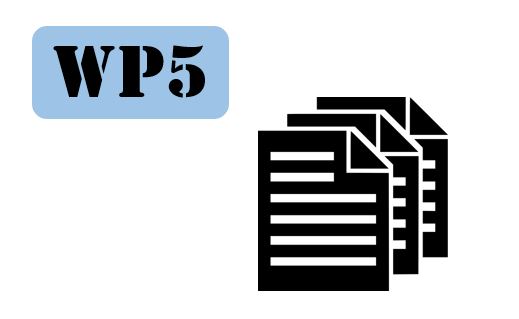Work package 5 (WP5) is about developing about a coherent theoretical and functional system architecture that can accommodate the targeted scenarios and facilitate the integration of the different work packages across all three robotic platforms. However, this process must be iterative and reviewable after each milestone so that the achievement of such objectives is guaranteed during all project development. In order to reach the previous, coordinating periodic integration activities among partners, updating the platforms and incorporating new developments is a must.
Specifically, we want to ensure that we are incorporating all project experiment needs, both in the robot architecture model and the hardware. At the same time, we must ensure the quality of individual components as well as its robustness is enough for posterior commercial and academic purposes. Then, ensuring that the low level sensor data from the robot and/or additional sensors is correctly managed so that high level situation assessment becomes possible.
The focus of this deliverable is to propose a flexible architecture that can be easily adapted for the three robot platforms that are involved in the CROWDBOT project. However, this document will provide further information in terms of hardware and software specifications limited only to the robotic platform Pepper [8].
Therefore, the present document extends the already delivered D51 System architecture document in M4, so that communication through messages exchanges between the different modules are specified in section 3. Then, a deeper view of the system components as well as their function is provided in section 4. Moreover, the first prototype of Pepper with additional sensors and augmented computational power in order to cover the experimental scenarios delivered in D11 Specification of scenarios requirements is described in section 6 and 7. As a consequence, several experimental procedures and results are presented in order to back up the decisions in terms of design and architecture, in section 5.

